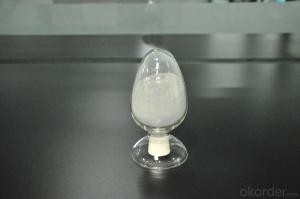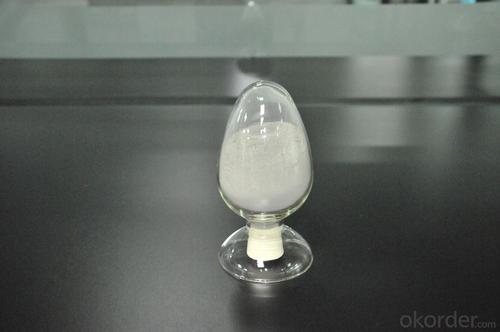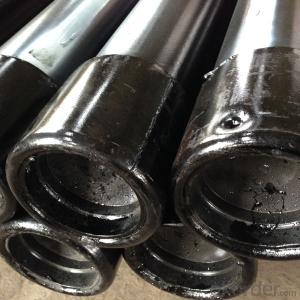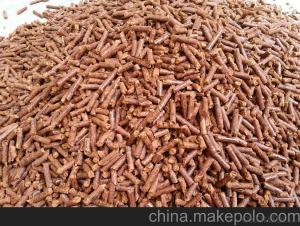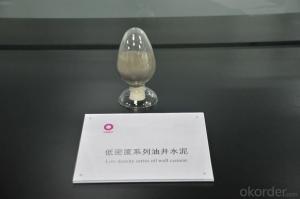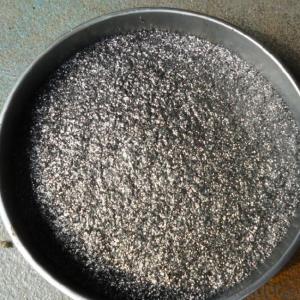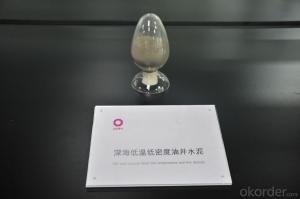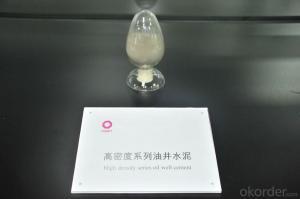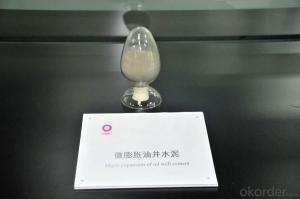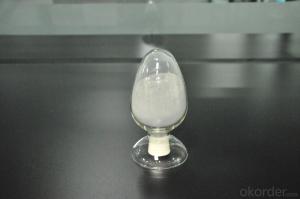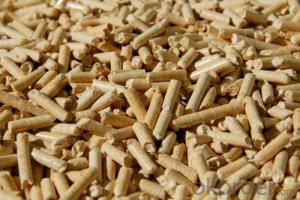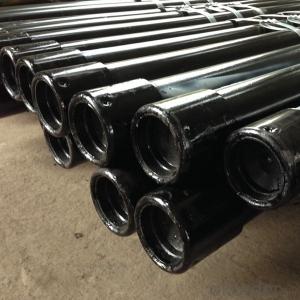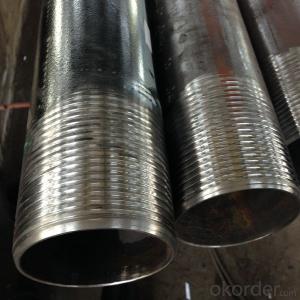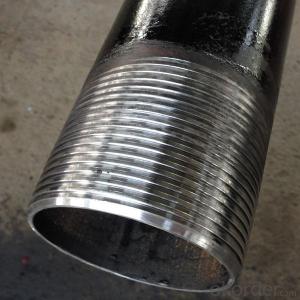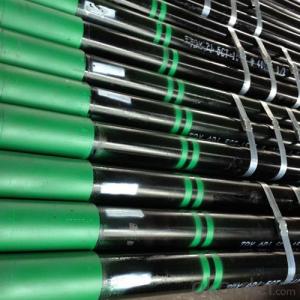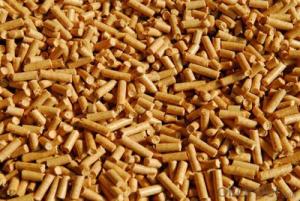Toughness Oil Well Cement (Decrease Brittleness of Set Cement and Improve Its Toughness)
- Loading Port:
- China main port
- Payment Terms:
- TT OR LC
- Min Order Qty:
- 1 m.t.
- Supply Capability:
- 10000 m.t./month
OKorder Service Pledge
OKorder Financial Service
You Might Also Like
Toughness oil well cement:
Portland set cement belongs to brittle material with poor tensile strength, shear strength and impact resistance. Cement sheath set after injecting cement into oil and gas wells is thin. In subsequent drilling process, the cement sheath between well wall and casing may be hit by rotary drill stem or bit. In highly-deviated wells or horizontal wells, cement sheath bears great tensile force and shear force. During perforation and output increase, cement sheath may suffer great impact, vibration and intrinsic pressure. All these may lead to crush of cement sheath or macroscopic cracks, affecting sealing of cement sheath and ultimately influencing production and reasonable development of oil and gas fields and shortening life cycle of oil and gas wells.
Toughness oil well cement developed by our company may effectively decrease brittleness of set cement and improve its toughness to satisfy cementing and subsequent operation (drilling, perforation, fracturing) requirements and improve leakage resistance at the same time.

Main parameters:
Items | Indicators |
Slurry density g/cm3 | 1.6-1.9 |
Free fluid % | ≤2 |
Fluidity, mm | ≥220 |
Initial consistency, BC | ≤30 |
Thickening time, min | 90-260 (adjustable) |
Compressive strength (60℃,at normal pressure,24h), MPa | ≥20 |
Fracture resistance, at normal pressure,24h) | ≥5.5 |
Packing and Storage
Packing: 1000kg/bag, 50kg/bag
Storage: Cement in transportation and storage when not damp and mixed with debris, different varieties and the strength grade of cement during storage to avoid confounding.
- Q: Firewood (dry) is what type of energy
- It includes plants, animals and microorganisms. The concept of biomass includes all plants, microorganisms, animals, plants, microorganisms, and waste products
- Q: Metro energy feedback products which good?
- Before the subway brake is to use the electricity directly with the resistance to let go, so that it will cause a waste of electricity, as well as investment in two refrigeration equipment, this is very environmentally friendly. Shenzhen Sheng Hong electric for this problem has developed a product called UESS, to solve this problem, but also to solve the UESS Metro Traction voltage problem.
- Q: What are the types of new energy vehicles
- 2, hybrid electric vehicle:Refers to the use of conventional fuels, while with motor or engine to improve low-speed power output and fuel consumption models. In accordance with the different types of fuel, hybrid vehicles can be divided into two types of gasoline hybrid vehicles and diesel hybrid vehicles. At present, the mainstream of hybrid vehicles in China are mainly gasoline hybrid, while the international development of diesel hybrid models are relatively fast.
- Q: What is a one-time energy
- Primary energy, also known as natural energy, refers to the use of natural resources that have not been changed or changed. Such as coal, crude oil, natural gas, water, wind energy, solar energy, ocean energy, tidal energy, geothermal energy, natural uranium, etc.. Primary energy is divided into renewable energy and non renewable energy, the former refers to the repeated generation of natural energy, the latter with a little less, mainly all kinds of fossil fuels, nuclear fuel.
- Q: China's new energy situation? The biggest obstacle? What can be learned abroad?What is the most important countermeasure in our country?
- Two, the determination of research methodsThree, work planFour, pending buyers survey quotaIn five, the second-hand inquiry collectionSix, cost budget and detailSeven, research quality control
- Q: Mainly for PetroChina, Sinopec, the state-owned monopoly enterprises to discuss
- The term "energy", in the past, was rarely talked about. It was the two oil crisis that made it a hot topic. Energy is the basic driving force for the development of the whole world and economic growth. Since the industrial revolution, energy security issues began to appear. With the rapid development of the global economy today, the international energy security has risen to the height of the country, all countries have developed energy security as the core energy policy. Over the next more than and 20 years, with the support of stable energy supply, the world economy has grown considerably. However, in the enjoyment of human beings from energy economic development, technological progress and other interests, also encountered a series of inevitable challenges of energy security, energy shortage, resource competition and excessive use of energy and environmental pollution caused by problems such as the threat to human survival and development.
- Q: What is the energy consumption per unit product
- (2) the individual energy consumption per unit product output refers to the amount of a certain amount of energy consumed in the production of a particular product. The index reflects the quantitative relationship between inputs and outputs. (3) the energy consumption per unit of comparable products refers to the total energy consumption per unit product of the same product in accordance with the standard process or standard product output under the same production conditions. Index Interpretation: this indicator reflects the level of production technology, product quality and management level of various industries and enterprises. It is the main index to evaluate the economic benefit and energy saving plan of the enterprise, and it is the important basis to formulate and modify the energy consumption quota and the product cost accounting. The characteristics of this index is, in the same industry between the various business units energy consumption comparable to eliminate similar between enterprises, because the product structure, production process, supply and demand structure caused by the different energy consumption are not comparable to the effect.
- Q: What are the new energy sources?
- Generally there:Superconductive material, solar cell material, hydrogen storage material, solid oxide battery material intelligent material, magnetic material, nano material.Several new energy and new materials in the futureWave energy: ocean wave energy. This is an inexhaustible, renewable energy without pollution. It is speculated that the earth's Shanghai ocean wave energy stored up to 9 x 104TW. In recent years, the utilization of wave energy has occupied a place in the country's new energy development plan. Despite the high cost of wave energy generation, the need for further improvement, but the current progress has shown the potential commercial value of this new energy. A wave power plant in Japan has been running for 8 years, although the cost of generating electricity is higher than that of other power generation methods, it can save the cost of power transmission and so on. Currently, the United States, Britain, India and other countries have built dozens of wave power stations, and are running well.
- Q: What is the cost effectiveness ratio of energy management in energy quality?
- The laws of the state set the maximum value for the former, which set the minimum value; as a rigid index of energy efficiency regulationsAlthough different countries have different national conditions according to different national conditions, these two points are regarded as the final judging index
- Q: What is the difference between primary and secondary energy sources two
- Primary energy can be further divided into two categories of renewable energy and non renewable energy. Renewable energy including solar energy, wind power, wind energy, biomass energy, wave energy, tidal energy, ocean thermal energy, etc.. They can be recycled in nature. Renewable energy, including: coal, crude oil, natural gas, oil shale, nuclear energy, etc., they can not be recycled, with a little, then a little less.
Send your message to us
Toughness Oil Well Cement (Decrease Brittleness of Set Cement and Improve Its Toughness)
- Loading Port:
- China main port
- Payment Terms:
- TT OR LC
- Min Order Qty:
- 1 m.t.
- Supply Capability:
- 10000 m.t./month
OKorder Service Pledge
OKorder Financial Service
Similar products
Hot products
Hot Searches
Related keywords
